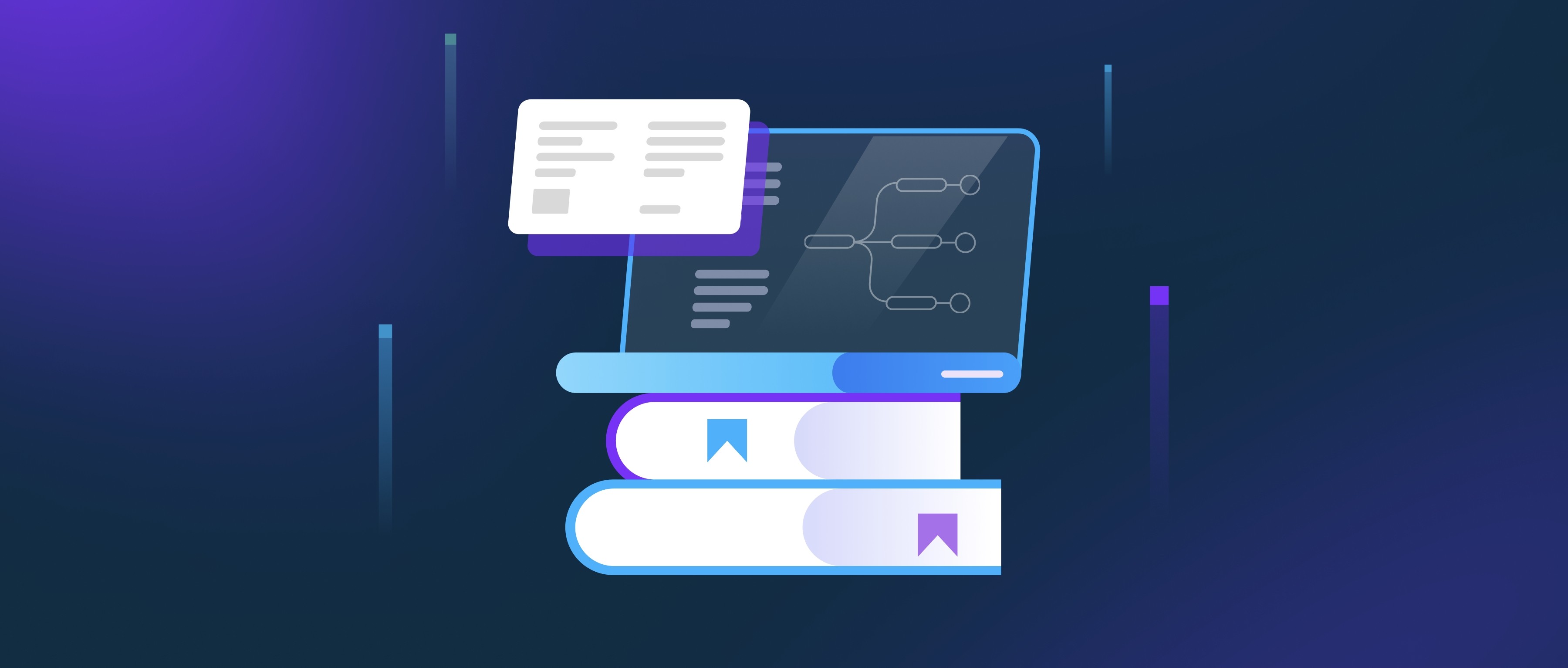World models in reinforcement learning (RL) refer to a type of approach where an agent learns to understand and predict the environment it operates within. Essentially, a world model is a representation of the environment that the agent can use to simulate future states and make decisions, rather than relying solely on trial and error in real time. This allows the agent to plan its actions more effectively and improve its performance on tasks by using this internal representation to generate experiences or conduct simulations.
For instance, consider a robot learning how to navigate a maze. Instead of moving around randomly and learning through direct experiences, the robot can create a model of the maze based on the observations it gathers. This model can simulate different paths and predict the outcomes of its movements, which allows the robot to devise a better strategy for reaching its destination. By using a world model, the robot can explore various scenarios in its head, making it more efficient and reducing the time spent on real-world exploration.
World models can utilize different components, such as neural networks to learn the dynamics of the environment and generate future states based on the current state and actions. These models can be trained using data from interactions with the environment, allowing the agent to refine its understanding over time. A practical application of this concept is in video games, where agents use world models to learn and optimize their strategies more quickly than if they were only relying on direct experience. In summary, world models provide a structured way for agents to think ahead and strategize effectively, enhancing their learning and performance in various environments.
